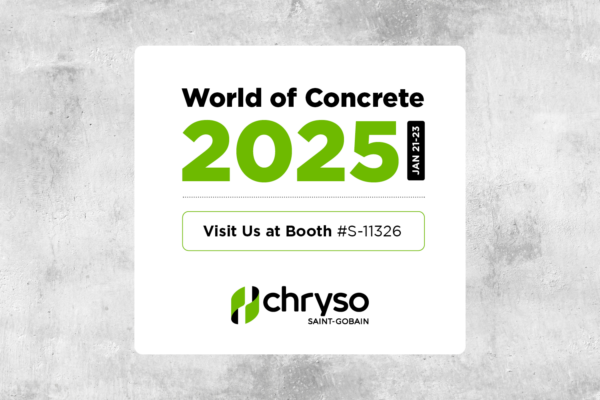Pervious Concrete — Placing, Consolidation and Curing – TB-0112

Placing
Pervious concrete pavement may be placed in either a fixed form or slip-form paver. Place the concrete from the truck discharge chute near its final position in order to minimize raking and shoveling. Pumping is not recommended due to the zero or low-slump concrete mix. Since pervious concrete has little water in the mix, it should be placed as quickly as possible. While the fresh concrete waits to discharge, it will be hydrating, using valuable water needed for the placing and curing stages. If a fixed form is used, place the concrete approximately 12 mm (½ in.) higher than the required final elevation with the use of risers along the forms. After depositing the concrete, quickly bring it to the correct elevation with a rake or other hand straight edge tool. Vibratory screeds are acceptable and encouraged.
Caution should be taken to minimize pulling or shoveling the concrete into position, filling the voids or walking on the pervious concrete.
Consolidating
Immediately after striking off, the riser strips should be removed from the forms and the fresh concrete consolidated with a manually operated roller to provide a strong bond between the paste and coarse aggregate, and provide a smooth surface. A minimum pressure of 0.007 Mpa (10 psi) should be used, although care should be taken as excessive pressure may cause the voids to collapse. The surface of pervious concrete should not be closed or sealed. Jointing should take place right after consolidation with a rolling joint tool. Saw cutting, although not recommended, should take place as soon as the pavement is hardened sufficiently to prevent damage.
Curing
Due to the large void content and open pore structure of pervious concrete, drying can more readily occur. Improper curing can lead to raveling (drying and delamination) of the concrete surface.
Therefore curing is critical and should begin immediately (within 20 minutes) after the consolidation phase. If the surface has lost its “sheen”, a light water mist should be used. Polyethylene sheets of 0.15 mm (6 mil) or thicker should be used. Burlap or other woven materials should not be used, as they will not hold the moisture in the concrete. The polyethylene sheet should cover all exposed surfaces and weighted down so it does not blow away. The sheets should remain for a minimum of 7 days for straight cement mixes or 10 days for mixes that contain supplementary cementitious materials. There should not be traffic of any kind on the concrete until the curing period is complete.
Information for this Technical Bulletin on pervious concrete is based on field experience, and was obtained from ACI 522R-06 Pervious Concrete, Design and Control of Concrete Mixtures 2002 by PCA, Pervious Concrete Pavements 2004 by PCA and NRMCA Concrete in Practice CIP 38 Pervious Concrete 2004. For more detailed information please see these publications.





